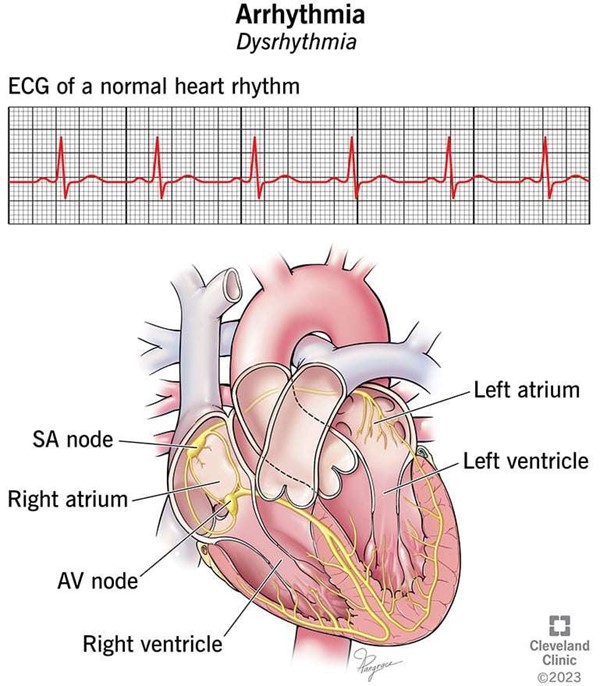A nurse is reinforcing teaching about self-care with an adolescent client who has infectious mononucleosis with splenomegaly.
Which of the following statements by the client indicates an understanding of the teaching?
“I will take an antibiotic for the next 10 days.”
“I will not play soccer until my doctor tells me I can.”
“I will need to get a varicella booster in 1 month.”
“I will expect the whites of my eyes to turn yellow.”
The Correct Answer is B
“I will not play soccer until my doctor tells me I can.” This statement indicates that the client understands the risk of splenic rupture due to splenomegaly and the need to avoid contact sports until the spleen returns to normal size.
Choice A is wrong because antibiotics are not effective for infectious mononucleosis, which is caused by a virus.
Choice C is wrong because varicella booster is not related to infectious mononucleosis and there is no evidence that the client needs it.
Choice D is wrong because jaundice (yellowing of the eyes and skin) is not a common manifestation of infectious mononucleosis and may indicate another condition such as hepatitis.
Normal ranges for spleen size are 7 to 14 cm in length and 3 to 4 cm in thickness.
Nursing Test Bank
Naxlex Comprehensive Predictor Exams
Related Questions
Correct Answer is D
Explanation
Dysrhythmia is an abnormal heart rhythm that can be a sign of severe lithium toxicity.

Lithium toxicity can occur when a person takes too much lithium, a mood- stabilizing medication used to treat bipolar disorder and major depressive disorder.
Choice A is wrong because hypoglycemia is not a symptom of lithium toxicity. Hypoglycemia is low blood sugar that can cause symptoms such as shakiness, sweating, hunger, and confusion.
Choice B is wrong because excess salivation is not a symptom of lithium toxicity. Excess salivation can be caused by various factors, such as infections, medications, or nerve damage.
Choice C is wrong because urinary retention is not a symptom of lithium toxicity. Urinary retention is the inability to empty the bladder completely, which can cause pain, discomfort, and infection. Lithium toxicity can actually cause increased urine output, not decreased.
Normal ranges for blood lithium levels are 0.6 to 1.2 mEq/L for maintenance therapy and 0.8 to 1.5 mEq/L for acute therapy. Levels above 1.5 mEq/L can cause mild to moderate toxicity, and levels above 2.0 mEq/L can cause severe toxicity. Levels above 3.0 mEq/L are considered a medical emergency.
Correct Answer is A
Explanation
Coughing while eating after a stroke may be caused by dysphagia, a swallowing disorder that can lead to aspiration, pneumonia and infection. A speech-language pathologist can assess and treat dysphagia and help the client improve their swallowing function.
Choice B is wrong because fine motor tremors are not related to speech or language problems.
They may be caused by damage to the cerebellum or basal ganglia, parts of the brain that control movement and coordination.
Choice C is wrong because facial flushing is not related to speech or language problems.
It may be caused by high blood pressure, fever, anxiety or other conditions.
Choice D is wrong because urinary incontinence is not related to speech or language problems.
It may be caused by damage to the spinal cord, bladder, pelvic floor muscles or nerves that control urination.
Whether you are a student looking to ace your exams or a practicing nurse seeking to enhance your expertise , our nursing education contents will empower you with the confidence and competence to make a difference in the lives of patients and become a respected leader in the healthcare field.
Visit Naxlex, invest in your future and unlock endless possibilities with our unparalleled nursing education contents today
Report Wrong Answer on the Current Question
Do you disagree with the answer? If yes, what is your expected answer? Explain.
Kindly be descriptive with the issue you are facing.
